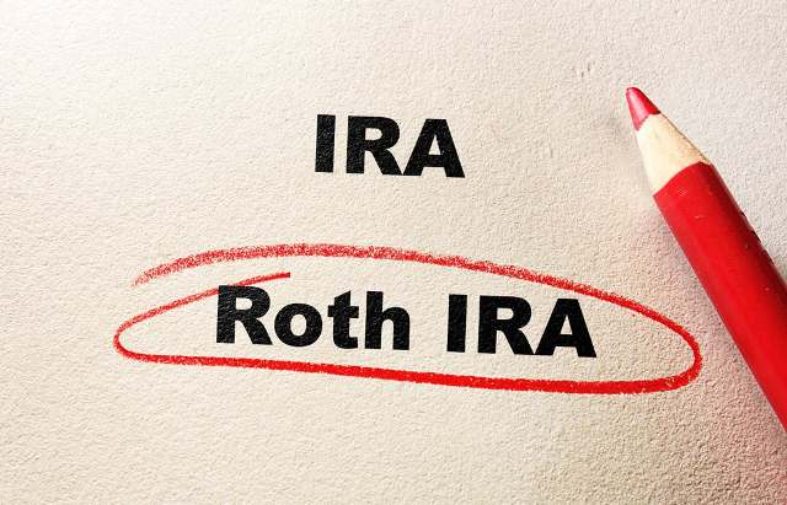Individual Retirement Accounts (IRAs) are a popular method to fund retirement. They are accounts held at banks, investment firms, or insurance groups, that provide special tax relief and allow the individual to invest their money for retirement.
Anybody who is working is eligible to contribute to an IRA. The amount an individual can contribute is set by the Internal Revenue Service (IRS) each year. Your yearly contribution limits will vary depending on your age, income, and tax status.
These are the five most common types of IRA. You can use the information provided to decide which is best for your financial circumstances to deliver the biggest benefits to your retirement.
Traditional IRA
The traditional IRA is still the most widely-used form of IRA retirement saving. Traditional IRAs offer a tax break on contributions made that same tax year. Depending on your income, you can deduct your contributions each year and reduce your tax bill for the year.
Traditional IRAs also offer tax-deferred growth, so you don’t pay tax on interest, dividends and capital gains until you reach retirement age and begin to make withdrawals. This is ideal for workers whose tax bill will decrease in between making the contributions and withdrawing on your IRA. Withdrawals, once you reach 59 and a half years of age, will be taxed at your tax rate at that time.
Self-Directed IRA
Self-directed IRAs have the same contribution tax benefits and regulations as a traditional IRA account, but they allow for more investment freedom.
Most IRA accounts offer investment options in bonds, stocks, and mutual funds. Self-directed IRAs allow workers to invest their funds in alternative investment outlets, including real estate, commodities, and privately-owned companies. There are restrictions on “self-dealing” transactions, and you will need a custodian or trustee who specialises in alternative investment avenues to open the account, but self-directed IRAs are great for investors looking for higher returns on their investments. You can find more information on self-directed IRAS here: https://www.theentrustgroup.com/self-directed-iras/what-is-a-self-directed-ira
Roth IRA
Roth IRAs burst onto the retirement planning scene in 1998. They have different tax regulations to their traditional and self-directed counterparts.
Contributions to a Roth IRA are taxed in the year they are made. They cannot be deducted as non-taxable income. Earnings and interest are tax-free, like a traditional IRA, but unlike a traditional IRA, you never pay tax on the fund’s growth. Not even when you withdraw.
You can also make withdrawals from your Roth IRA without any financial penalty, and there is no age restriction on when you can begin making withdrawals. This means many investors choose to use a Roth IRA as an emergency savings fund. It is also good for those who anticipate entering a higher tax bracket in later life, as they will have already paid the tax on contributions when they initially made them.
Non-Deductible IRA
For those whose earnings are too large to qualify for a Roth IRA, there is a non-deductible IRA. A non-deductible, as the name suggests, is not exempt from tax the year contributions are made, and your contributions are taxed as ordinary income. However, your earnings and interest each year are not taxed until you withdraw.
When you come to withdraw, you are only taxed on your earnings and growth, not on your principal amount, as you already paid taxes on this when you made the contributions.
Non-deductible IRAs are usually only taken out by those that do not qualify for a Roth IRA or a traditional IRA.
Simplified Employee Pension
A simplified employee pension (SEP) is a type of traditional IRA that is set up and funded by an employer. It follows the same tax legislation as a traditional IRA, but the contribution limits are much higher.
Depending on which figure is lower, in 2018, you are permitted to make contributions of up to 25% of your salary, or $55,000. The employer will then match your contributions equally, as a percentage of your salary.
Stringent criteria dictate what employees are eligible for a SEP. You must have worked for the company in at least 3 years out of the last 5. If you are eligible, a SEP is ideal for those needing a quick boost or playing catch up with their retirement over the age of 50.
Retirement creeps up on you. It really is never to early to start putting money away for your old-age. Choose the right IRA to begin saving for your retirement, today.



